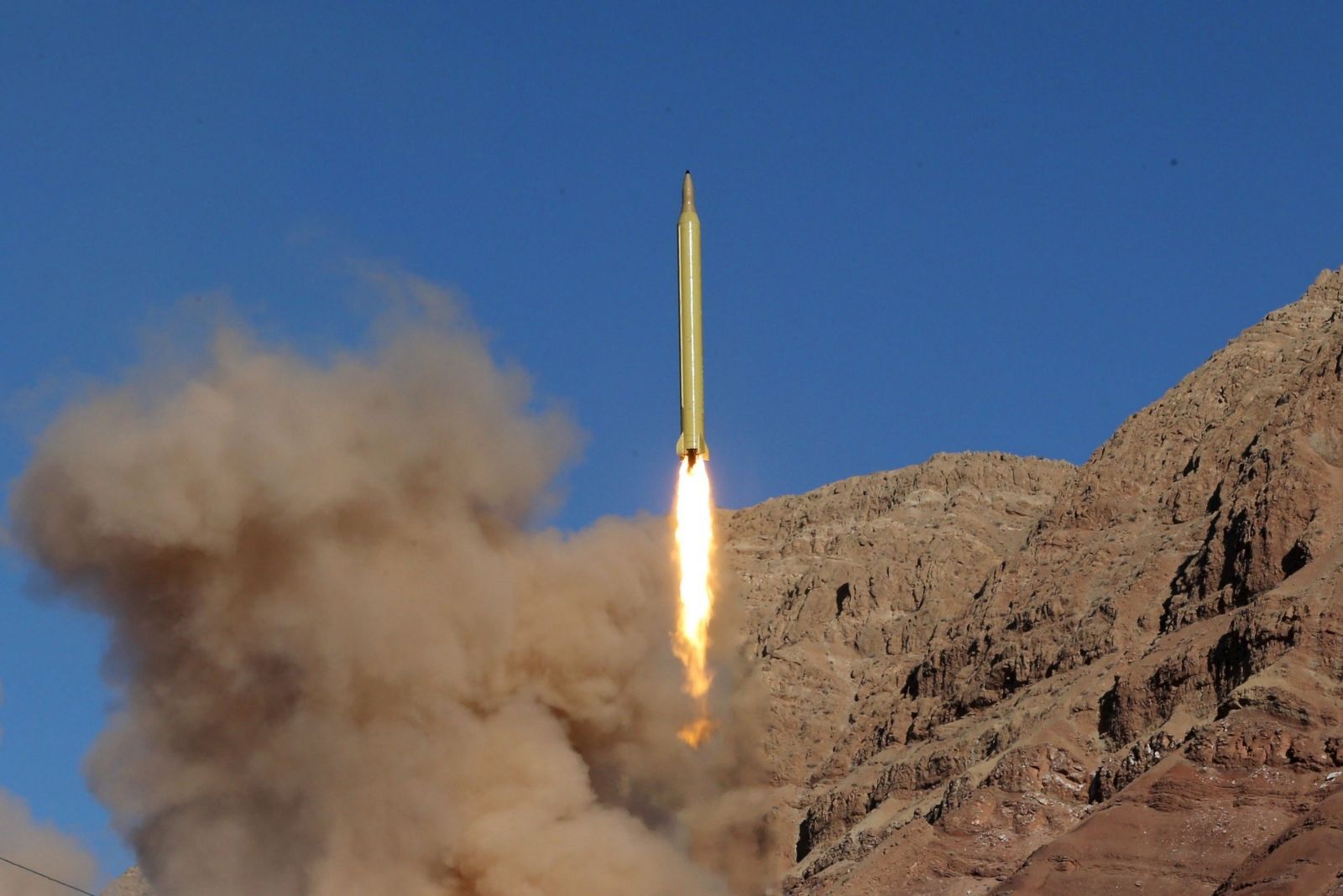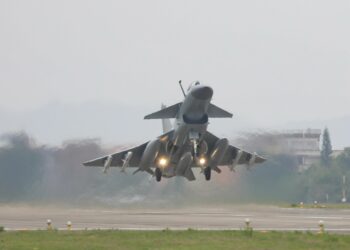Moscow: Today's strategic balance is an expression of the quantitative and qualitative alignment of forces with due account of the factors determining the strategic situation. Its parameters form a sophisticated dynamic system; nuclear, primarily strategic weapons are one of its elements.
But the general condition of this system largely depends on its other elements. Thus, there is an inseparable connection between offensive and defensive arms. Both the Soviet Union and the United States acknowledged it when signing the ABM Treaty. Indicatively, this treaty and the first agreement on the limitation of strategic offensive arms (SALT-1) were signed simultaneously (in 1972).
The gist of the problem is as follows: centuries-long escalation of a sword-and-shield race (offensive and defensive weapons) has always been won by the sword, but reached a fatal point with the invention of nuclear arms. A shield became useless even if it could parry 99% of all nuclear strikes. One percent would be enough to paralyze civilization. At the same time, a scientific and technical analysis of the problem shows that offensive weapons will continue leaving defensive arms far behind. No shield will parry even 90% of attacking missiles.
Many factors make it impossible to consider the U.S.-declared global ABM system as an effective protection against a massive first strike. But its deployment will create an illusion that it is possible to repel a weakened retaliatory strike. The illusory advantage of the first strike is one of the main dangers inherent in a global ABM system. Any crisis will increase the impetus for a pre-emptive strike and simultaneous measures to neutralize enemy anti-missile defenses.
American officials are adamantly denying the fact that their ABM system will threaten Russian security. This is what Condoleezza Rice said on this subject: “Let's be real about this,” she said. “The idea that somehow 10 interceptors and a few radars in Eastern Europe are going to threaten the Soviet strategic return is purely ludicrous and everybody knows it.” Indicatively, she used the Cold War term “Soviet.” This is all true, but not in case of retaliation, when it will be much easier to intercept the few surviving missiles. Moreover, in perspective the Americans are going to equip their missile interceptors in Poland with hit-to-kill kinetic cassette warheads – 30 to 40 each. They will be much more powerful than 10 simple interceptors.
The main goal of the United States is to create basic elements of the ABM infrastructure – it won't be difficult to build them up in the future. The planned location of the American radar in the Czech Republic is very convenient – it will allow the United States to detect all Russian ICBMs within 60-75 seconds after launch and will immediately produce a mathematical model close to the missiles' flight paths, thereby facilitating their interception.
Washington's withdrawal from the ABM Treaty and particularly its intention to deploy ABM elements in Europe have been subjecting Russian-American partnership to the most serious test in the last few years. The Russian government's initial response was very reserved. It merely expressed “regret.” This is quite natural considering that in the next 10 to 15 years this will be a political rather than a military problem for Russia. Today's technologies cannot produce a reliable ABM system. It will be even less effective against MIRVed ICBMs accompanied by multiple decoys in a well-orchestrated counteraction.
Nonetheless, Moscow made a decision to extend the service life of RS-20 Satans and RS-18 (UR-100N UTTKh) missiles with multiple warheads. If they remain in use, it makes no sense to speed up the re-equipment of single-warhead Topol-Ms with their three-warhead versions. Be that as it may, on May 29 Moscow announced a successful test of a new MIRVed RS-24 ICBM.
By the time the interceptor systems become combat-ready – in 2013, the Russian ICBMs would be capable of overcoming the American ABM system. But this is bound to create an issue of a response to offset a potential military imbalance.
Prominent military and political leaders have made a number of statements about potential response measures. Generally, they are described as asymmetrical and are capable of maintaining strategic stability. In practical terms they boil down to modernizing strategic offensive arms and enhancing their ability to overcome any future ABM system in order to inflict unacceptable damage on the aggressor in a massive retaliatory strike. It is especially important to guarantee immunity of ICBMs at the boost stage when they are the most vulnerable. One of the possible options is to reduce this stage and make a missile maneuverable.
Nuclear warheads should be also able to maneuver at the final stage of their flight. The first maneuverable warheads were tested in February 2005 at the Topol-M ICBMs. Judging by all, its warhead had several maneuvering slides and one ramjet. A warhead that slowed down during re-entry into the atmosphere is again propelled by this ramjet to supersonic speeds, and maneuvering slides send it into a zigzag flight with a completely unpredictable path.
Apparently, Russia tested not simply a ballistic missile warhead but an independent craft that an ICBM can carry to enemy targets. Chief of the Russian General Staff Yury Baluyevsky said that missiles with maneuvering warheads would go on combat duty in 2010.
Finally, the most often mentioned asymmetrical response to American ABM deployment is Russia's unilateral withdrawal from the treaty on medium and shorter-range missiles. This option is unviable both militarily and economically. It will require tremendous military expenditures on large-scale R and D, re-orientation of plants to the production of new types of weapons, construction of military bases and so on and so forth.
Maybe, this is what Washington is after – to involve Russia in a new arms race and let it drop from exhaustion like the Soviet Union did in a desperate bid to catch up with the United States in strategic nuclear armaments. Contrary to the assurances of our overseas and European friends, they do not need a strong Russia, and many became concerned when it started rising from its knees.
During talks with U.S. State Secretary Condoleezza Rice, Vladimir Putin emphasized once again that the deployment of American ABM elements in Eastern Europe would upset the current global balance of forces. The Russian president said that the American plans were not a problem only for Russian-U.S. relations but concerned the interests of all European countries, including non-NATO members, to a greater or lesser extent.
Russia, Europe and the United States should jointly evaluate all potential strategic risks. Otherwise, we will be in for a new cold age.
Yury Zaitsev is an expert of the Institute of Space Studies at the Russian Academy of Sciences.
The opinions expressed in this article are the author's and do not necessarily represent those of RIA Novosti.








